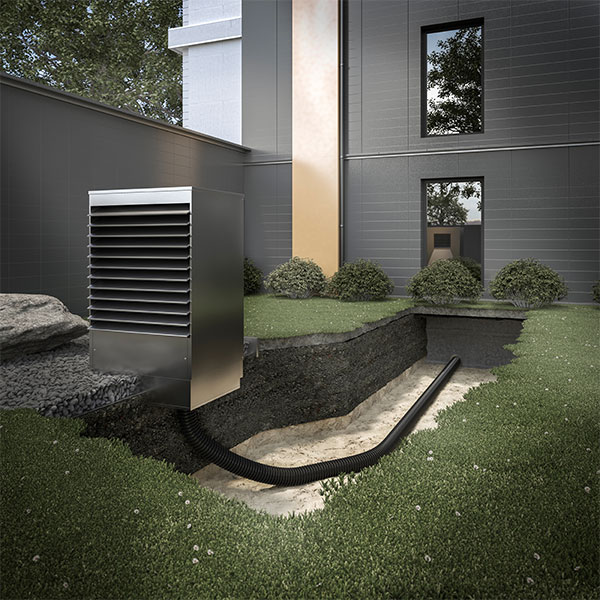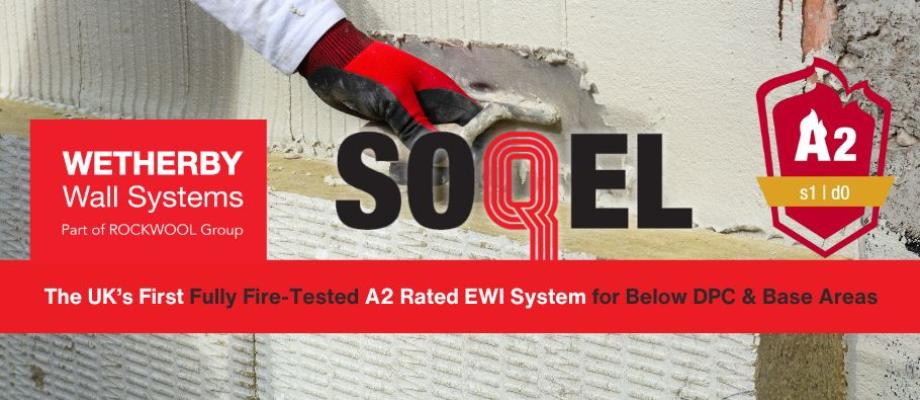It is essential to ensure that heat pumps installations in social housing performs as designed and with minimal issues for residents. Here James Griffiths Projects Manager at GF Building Flow Solutions (formerly Uponor) outlines how the correct pipework specification can help ensure optimal system performance, simplify installation and prevent future issues.
The UK has set a target to reach net zero by 2050 and with around 40% of the UK’s total carbon emissions coming from residential properties, a shift to low carbon heating is required if we are to meet this objective.
Heat pumps in particular look set to be a significant part of a low carbon future and 2024 was a year when their uptake expanded significantly. MCS (Microgeneration Certification Scheme) recently reported that between January and July 2024 the number of heat pump installations was 45% higher compared to the same period in 2023, which suggests that when the total number for the year is calculated, 2024 will be a record year.
However, much more so than gas boilers, the performance of heat pumps relies on the correct system design, specification and installation. In particular, the connecting pipework can have a significant effect, but it is often overlooked.

The first area of pipework performance to consider is the level of heat loss. Mono-bloc air-source heat pumps are commonly specified for new and existing homes due to the simplicity of the system, especially with regard to installation. With this type of heat pump, the refrigerant is contained within the outdoor unit, and it is only water that flows between the outdoor units and the property. While this does remove the need for an F-Gas certified engineer to carry out the installation, it means that minimising heat loss as the water flows between the heat pump unit and the property is essential.
This is made more important if the heat pump unit has to be located further from the property than would be ideal. This can be for a number of reasons including the available space, the layout of the property or the need to manage the effect of noise on the residents and their neighbours. Longer pipe runs mean that heat losses are potentially greater if an unsuitable pipework is used.
To prevent heat losses, it is essential to carefully evaluate the insulation values of the proposed pipework. It may be beneficial to specify a pre-insulated pipe because it will generally offer a better thermal performance. For example, products from the Uponor Ecoflex range of pre-insulated pipe achieve lambda values as low as 0,004 W/mK.

Another key factor to consider is the routing and protection of both the water and electrical connections. Heat pump installations require flow and return pipework as well as electrical and sensor connections. Having separate pipework and conduit for each of these can make installation more complex and time consuming. An alternative to this is a pipework solution that includes flow and return pipe as well as conduits for electrical and sensor cabling in a single packaged pipe. This is not only faster, but if a product is chosen with colour coded flow and return pipe, it can help minimise the risk
of errors.
Finally, it is important to ensure the long-term protection of the water and electrical connections. While measures should be in place to ensure future work accounts for the presence of the pipes and cables, choosing a robust and durable product will minimise the risk of accidental damage. There are options available that feature a strong outer casing on the pipe to protect against physical damage. For example, the Uponor Ecoflex range features a high-density polyethylene (PE-HD) jacket that is tested to ISO 9969:2016 for a static strength of 60 tonnes.
The correct specification of pipework for heat pumps can make a significant difference to the performance and reliability of the system, preventing issues for residents and lowering the long-term costs of management.
To find out more about the Uponor Ecoflex range visit www.uponor.com.
MCS heat pump installation data: https://mcscertified.com/uk-reaches-250000-certified-heat-pump-installations/
Images © GF Building Flow Solutions (formerly Uponor)
- Log in to post comments















